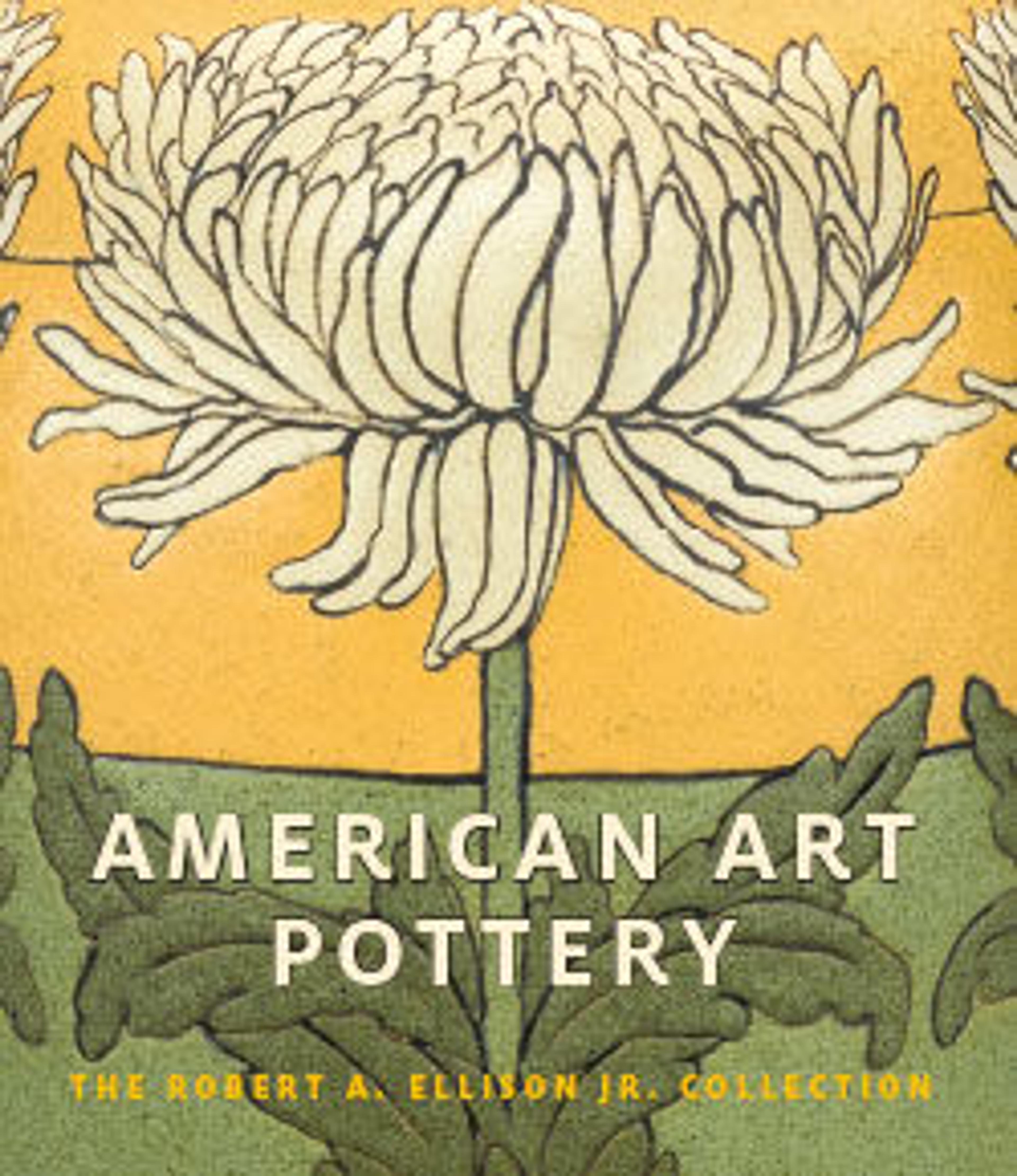Vase
Steeped in ceramics from birth, Hugh C. Robertson pursued his craft with fierce devotion and a passion for experimentation. From a family of trained English ceramists, he honed his skills in New Jersey before settling in Massachusetts as one of the founders of Chelsea Keramic Art Works and later, Dedham Pottery. Robertson’s lifelong explorations in glazes, particularly their color and texture, make him one of the key figures of American art pottery at the turn of the twentieth century.
From Chelsea to Dedham, Robertson continued to pursue his passion for innovation, employing the grayish-white stoneware used for Dedham’s dinnerware to throw simple forms covered with bold combinations of colored and textured glazes. Dedham Pottery’s vases are larger, thicker, and heavier than their Chelsea predecessors, and simple, solid forms predominate. On this example, Robertson applied several glazes of different colors. In 1898 a writer for the magazine Arts for America probably had such a vase in mind when he wrote of the Dedham Pottery: "In high-fire work the temperature ranges between 3,000 and 4,000 degrees, and the glaze applied to the top of the vase bubbles like pitch and runs down the sides, coating the surface. In this class of work it is impossible to have the effects twice alike, for at the different firings the chemical conditions vary."
This vase is from the Robert A. Ellison Jr. Collection of American art pottery donated to the Metropolitan Museum in 2017 and 2018. The works in the collection date from the mid-1870s through the 1950s. Together they comprise one of the most comprehensive and important assemblages of this material known.
From Chelsea to Dedham, Robertson continued to pursue his passion for innovation, employing the grayish-white stoneware used for Dedham’s dinnerware to throw simple forms covered with bold combinations of colored and textured glazes. Dedham Pottery’s vases are larger, thicker, and heavier than their Chelsea predecessors, and simple, solid forms predominate. On this example, Robertson applied several glazes of different colors. In 1898 a writer for the magazine Arts for America probably had such a vase in mind when he wrote of the Dedham Pottery: "In high-fire work the temperature ranges between 3,000 and 4,000 degrees, and the glaze applied to the top of the vase bubbles like pitch and runs down the sides, coating the surface. In this class of work it is impossible to have the effects twice alike, for at the different firings the chemical conditions vary."
This vase is from the Robert A. Ellison Jr. Collection of American art pottery donated to the Metropolitan Museum in 2017 and 2018. The works in the collection date from the mid-1870s through the 1950s. Together they comprise one of the most comprehensive and important assemblages of this material known.
Artwork Details
- Title:Vase
- Manufacturer:Dedham Pottery (1895–1943)
- Artist:Hugh C. Robertson (1844–1908)
- Date:ca. 1896–1908
- Geography:Made in Dedham, Massachusetts, United States
- Culture:American
- Medium:Stoneware
- Dimensions:11 1/4 in., 8lb. (28.6 cm)
- Credit Line:Gift of Robert A. Ellison Jr., 2018
- Object Number:2018.294.76
- Curatorial Department: The American Wing
More Artwork
Research Resources
The Met provides unparalleled resources for research and welcomes an international community of students and scholars. The Met's Open Access API is where creators and researchers can connect to the The Met collection. Open Access data and public domain images are available for unrestricted commercial and noncommercial use without permission or fee.
To request images under copyright and other restrictions, please use this Image Request form.
Feedback
We continue to research and examine historical and cultural context for objects in The Met collection. If you have comments or questions about this object record, please contact us using the form below. The Museum looks forward to receiving your comments.
